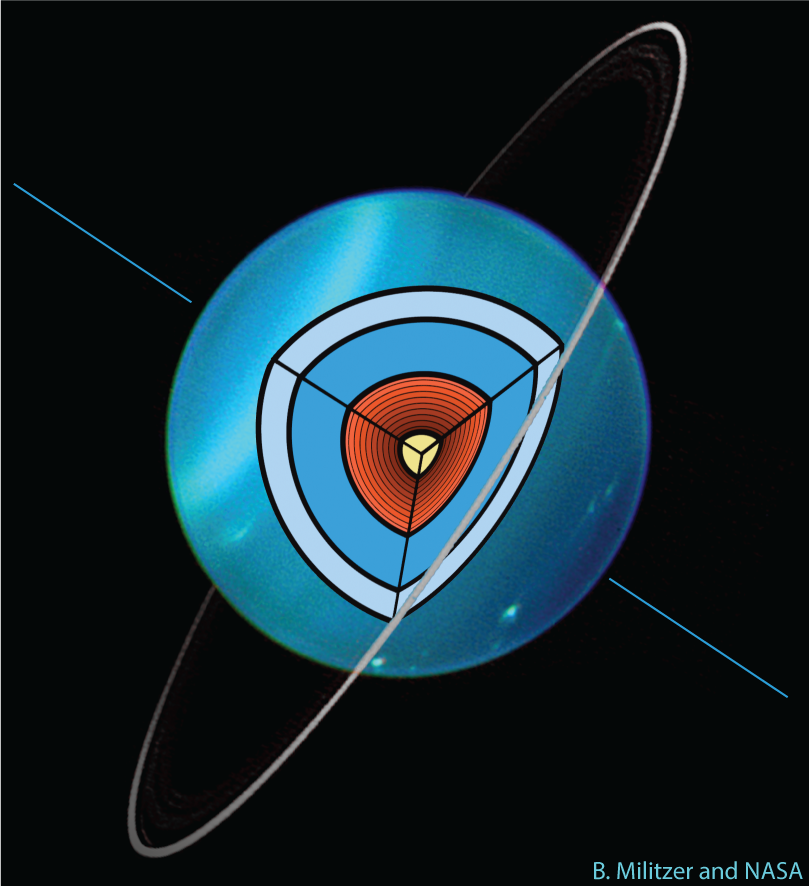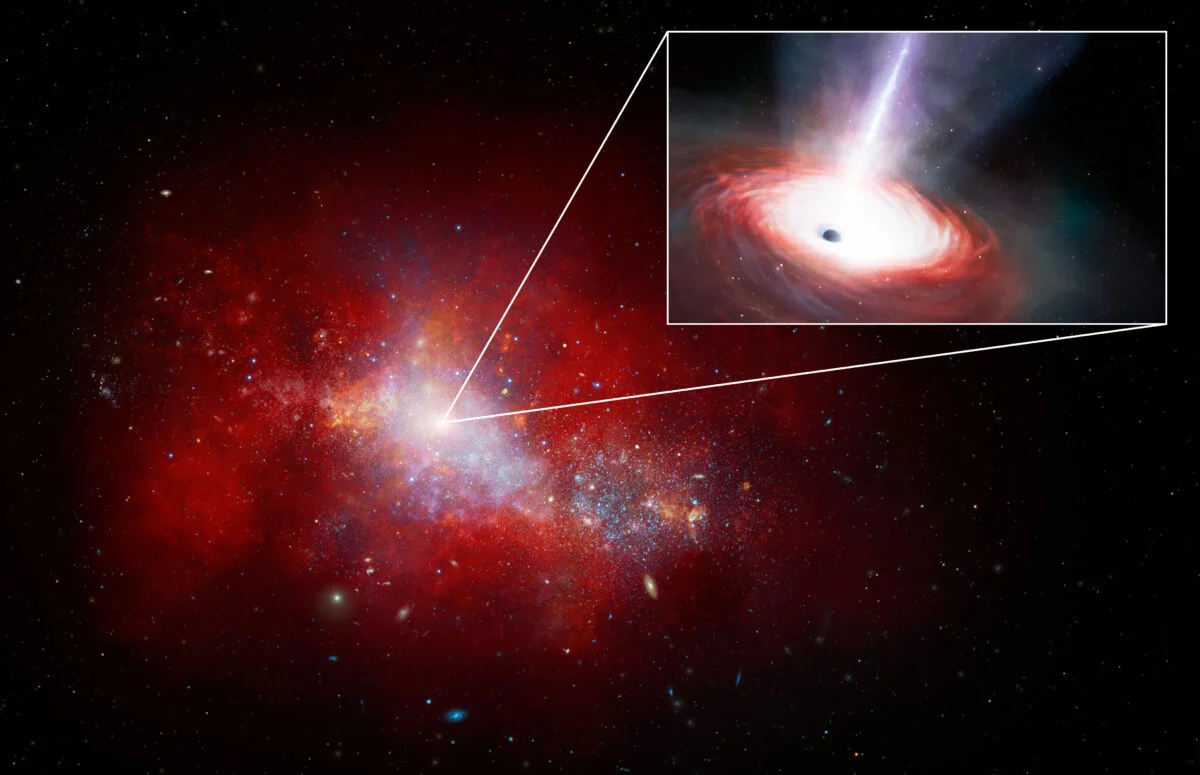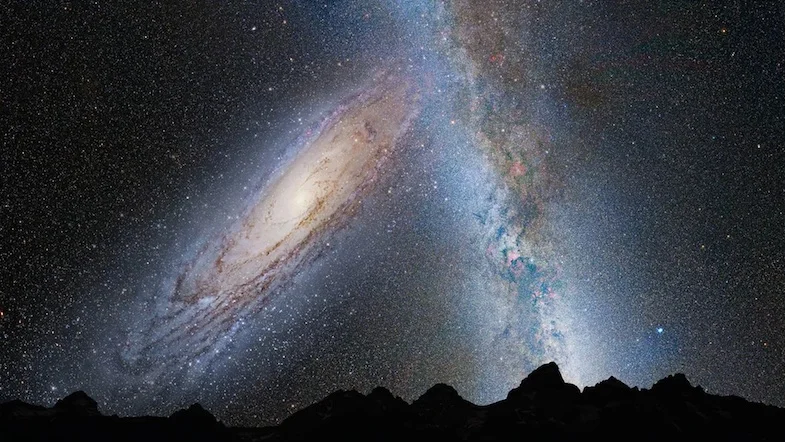
Uranus and Neptune’s Strange Magnetic Fields: New Insights from Voyager 2 Data
- News
- October 2, 2024
- 1451
Nearly four decades after Voyager 2 flew past Uranus and Neptune, data from the spacecraft continue to reveal unexpected discoveries. A new study published in PNAS offers an intriguing explanation for the planets’ highly irregular magnetic fields: distinct layers in their mantles might be responsible for creating these unusual configurations.
A Unique Puzzle in the Outer Solar System
Unlike Earth, Jupiter, and Saturn, whose magnetic fields are orderly and dipolar (with a defined north and south pole), the magnetic fields of Uranus and Neptune are chaotic and asymmetric, resembling a tangled maze rather than the structured lines we’re familiar with.
Voyager 2’s flybys in 1986 and 1989 first highlighted this irregularity. However, the underlying cause remained a mystery—until now.
The Role of Layered Mantles
Earth’s magnetic field originates from the convection of molten iron in its core. On Uranus and Neptune, however, the magnetic fields are generated in their mantles, which consist of compressed water, ammonia, and methane beneath a gaseous atmosphere.
According to Burkhard Militzer, an astronomer at the University of California, Berkeley, the key lies in the stratification within these mantles. Using data from Voyager 2 and previous studies, Militzer modeled the interiors of these ice giants. His simulations revealed that the mantles are composed of distinct layers, much like oil and water separating in a container.
- Upper Mantle: Contains water that undergoes convection, a key process driving the generation of magnetic fields.
- Deeper Mantle Layers: Comprised of carbon, nitrogen, and hydrogen, these layers are chemically inert in Militzer’s simulations, forming few bonds and remaining largely static.
This stratification disrupts the flow of materials necessary to produce a uniform magnetic field, resulting in the disordered configurations observed on both planets.
Testing the Hypothesis
While these findings provide a plausible explanation, confirming them would require direct measurements. Proposed missions, such as the Uranus Orbiter and Probe, could drop a Galileo-like probe into Uranus’s atmosphere to collect crucial data. However, such a mission is still in the conceptual phase, with no official approval or funding yet secured.
Broader Implications
Understanding Uranus and Neptune’s magnetic fields could extend our knowledge beyond the solar system. Planets similar to these ice giants, including “mini-Neptunes” with masses between Earth and Neptune, are abundant in our galaxy. By deciphering the mysteries of Uranus and Neptune, scientists could gain insights into the behavior of distant exoplanets, enriching our understanding of planetary formation and evolution on a galactic scale.
Though future missions are needed to validate these findings, Militzer’s work highlights the enduring value of Voyager 2’s data and underscores the importance of continued exploration of our solar system’s most enigmatic planets.



